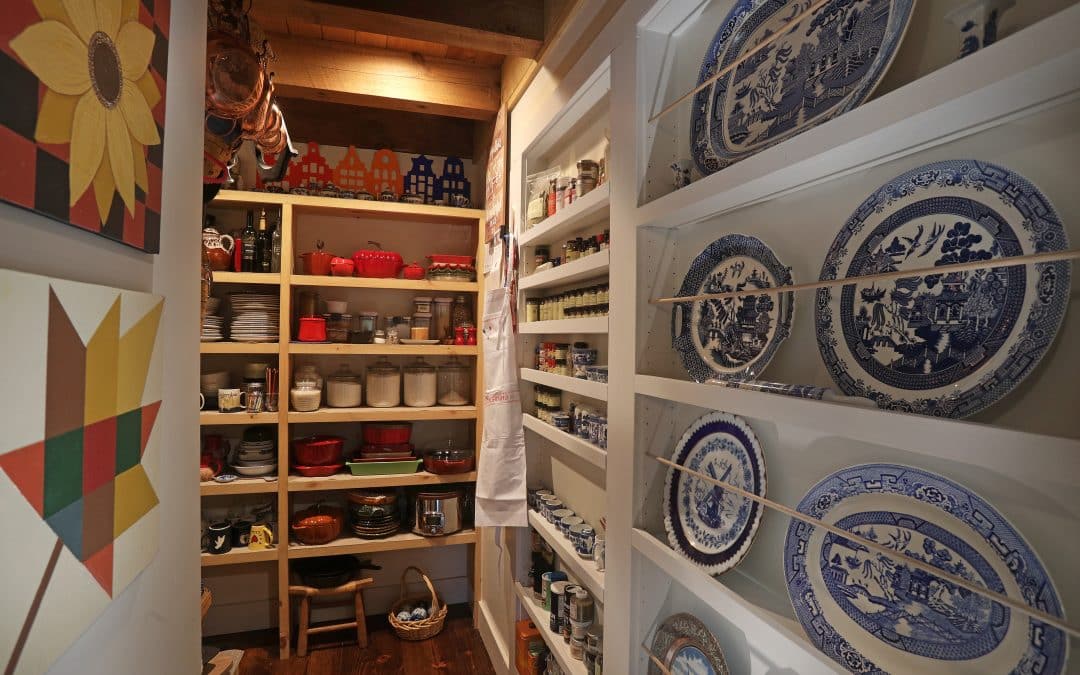Hi, welcome back. This is David Grubb and Michael Grant from Modern Rustic Homes. This is the Creating Shelter podcast. The last time we had an interview with Michael, we talked about the upcoming trends for building homes.
And today, we’re going to dive a little deeper into home building and design. And we specifically want to talk about how people use space in their homes. I realized there are different categories of space, there are different areas, there’s entertainment areas, there’s personal and private storage, flex rooms, and outdoor space.
So let’s just take a couple of minutes and talk about these different areas, and the home just real quick, so that we kind of have an overview of what we’re talking about today.
Well firstly, David, thank you for this time together. Again, I have some, as you may recall, definitive ideas and thoughts about how we use our homes today. And to your point, we do kind of segment the spaces in our homes to be more purposeful, if you will.
And a very good example, you mentioned flex spaces. That’s one that may have less definition too, because it is just that it’s much more flexible. It’s not like the private bedroom and bathroom, where we go to relax and unwind.
But flex spaces are many things, there can be many things. And certainly, over the last several years, we’ve seen flex spaces That will function as a home office, but also function as a guest room. And in my case, that place where I place a lot of things that I don’t have anywhere else for it to go, but nonetheless it’s flexible.
And that’s good and bad. Flex space is oftentimes when we’re using something as personal as a home office. Let’s say you have someone come to stay overnight. If you need to use that space for that purpose, then it becomes a little awkward because now you’ve got a space that has a lot of personal stuff in it. Your guests just may have things that are not needed to have in their sight line,
I guess is how I say that. But flex spaces are very much needed because they serve more than one purpose. And the reality of that is it reduces your square footage in a house. So I think they’re important spaces nonetheless. And that kind of is a good segue into talking about those spaces that are very definitive.
We’ve got our living or social spaces that we use for family gatherings as well as when we have friends over. And those spaces obviously are the kitchen, dining, and living room areas. And those have been the trend for a long time. They are open spaces where you can see the host and hostess can see their guest from one viewing area.
They’re all in your sight line. And I think that’s what has made that open plan concept for planning as popular as it has. The other aspect of it, as it becomes one space, is that it has a variety of functions in it. And because we’ve removed the walls to make it an open-plan space, it feels bigger than it is.
And I think that that’s an important way of keeping the home at a manageable square footage. So the social entertaining spaces encompass a lot of activity, but all with the same intention of sharing that interaction with our friends and family.
So they’re very significant. I think another one that is keenly important, and for me more important every day, is storage spaces, and storage spaces, have become much more specific. I’m going to give you a great example, pantries. I think I’ve talked about this with you before, David, pantries have taken on a whole new meaning.
When I grew up we had a very small pantry, and it was what we called the butler’s pantry, but in reality, it was my dad’s bar. But butler’s pantries were those spaces that were intended for your domestic help to go and prepare and plate your food or dinnerware and so forth, right there in a convenient location.
Today they’ve grown into much more diverse spaces because now we use them for a secondary prep space, as well as for food storage, and as well as for small appliance storage. But you begin to think about the variety of small appliances we have in our homes today. As they just continued to grow, I remember when that coffee pot became a coffee maker, and it demanded its own space on the counter.
More recently, we’ve seen air fryers, well, these things are huge. And that, you know, they take up a big space on the countertop. I personally don’t want to look at this stuff, I want it tucked away. But I still want it to be convenient for me to use. So pantries today now have more counter space that can function as a secondary prep space and cook space.
It’s not unusual for the houses that we designed today to have an additional sink in that pantry, as well as an additional dishwasher. But nonetheless, these pantries are much more important in the way that we manage both food storage and the utility of secondary prep spaces.
I personally think it’s a great idea. Let me talk to you a little more about how we relax in our home. It seems like every primary space in my home has a television, and it is fascinating. When I go to a certain television in the house, I’m going to go to one where I’m going to dial in the news.
I’m going to go to another room where I want to relax after dinner, and we’re going to watch a movie. And then the one in the bedroom. It could be, you know, something that I’d much rather see. In terms of some of my hobby interests, I’m a bit of a car fanatic.
So I love to watch car shows on the TV, in my home, in my bedroom, in my home. So televisions have just really lit up our individual rooms. And that’s good news and bad news. Because we are much less likely to get a rest when we have a television in our bedrooms. We’re constantly being distracted by it. And so I think that that’s something that we have to be very mindful of, does that answer your question? Oh, absolutely.
So I’ll bring this back, I have had the pleasure of staying with some friends who have a hobby. And it’s, it’s, it’s a little different hobby, she actually spins wool, but she gets the wool from rabbits. So she has one of the bedrooms set up as the bunny room. And there’s a bed in the bunny room. So I got to sleep in the bunny room.
Michael Grant
I hope you don’t have allergies,
David Grubb
No, no allergies, but I thought it was kind of funny. So there are just a couple more questions as we roll through here. So, how do we live in our houses today? You talked about how we kind of brought pantries back, you know. And so, how do we live in our houses? And how do we live in them today? What are those driving factors that have influenced that?
Well, we all have one that’s very recent and very obvious to us. And we went through that over the last four years when we experienced the pandemic. And this is when we were commanded to shelter in place.
Interesting how they use words to convince you to do something against your will. So we sheltered in place. And as we did, a number of things happened. For those of us who needed to work out of our homes, we now needed to find a place that would provide us the quiet, the absence of distraction, and a place where we could spread out and do our work and not be interrupted.
And many people did not have a home office. Often it was the dining table. And of course, that’s where a family is going to gather most frequently. So you had that distraction. But our homes changed in terms of how we lived in them because we now had to make our home our everything.
It became our office, became our gymnasium, and became a movie theater. So there are a lot of different things that houses needed to do, that they didn’t have to do singularly before the pandemic. And to think about it now, if you’ve got a house for young children, you know, they certainly need their elbow room as well.
So it became a bit of a conflict. So the housing sizes were beginning to trend down a little, a few years ago. But after the pandemic, those people who could afford it, we started seeing the house sizes increase, because now we did want those separate identified spaces so that we could shelter in place, do our work, get our exercise, enjoy entertainment, all those things under one roof.
So I think it became a bit more complicated for many, many people, particularly people who do not have the privilege of having a larger home. And that was in that respect.
Podcast: Play in new window | Download

